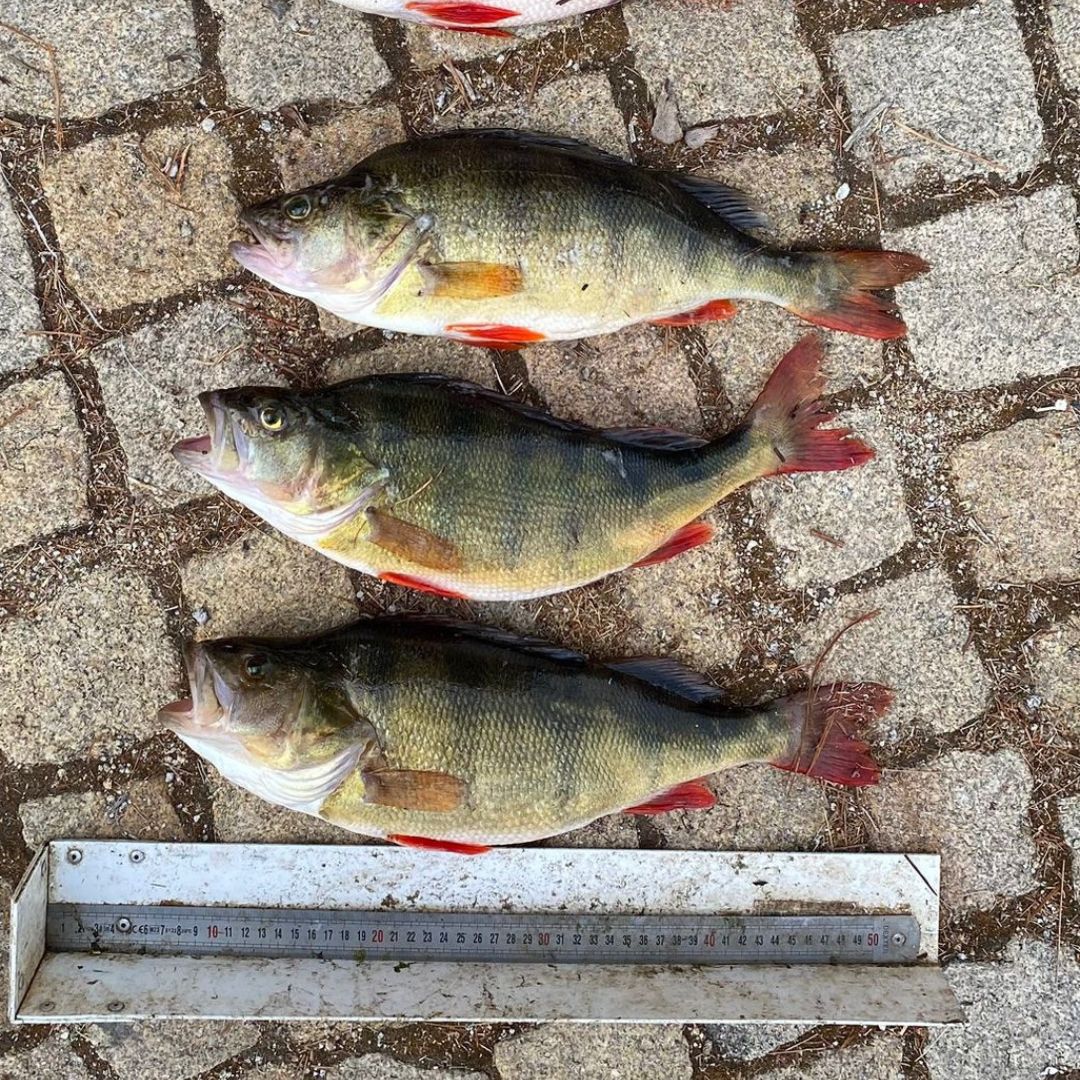Europeanperch gaining ground: MARE researchers warn of its rapid expansion in the Tagus basin
Researchers from MARE/ARNET, at the Faculty of Sciences of the University of Lisbon (CIÊNCIAS ULisboa), have identified an accelerated expansion of the European perch (Perca fluviatilis) in the Serra da Malcata Nature Reserve, one of the main biodiversity strongholds in the central interior. The invasive species, native to central and eastern Europe, is progressively colonizing the Tagus basin, threatening the ecological balance and native fish populations. 
During a recent control operation in Ribeira da Meimoa, researchers captured 78 specimens of this species as part of the “Plan for the Containment of European Perch in Ribeira da Meimoa and Prevention of its Spread in Portugal,” funded by the Environmental Fund.
“Where there are perch, we find no other fish species,” warns Diogo Ribeiro, a researcher on the team.
The Fish Invasions Lab team has been monitoring the local fish community since 2023: "In the beginning, the native species, the common boga, represented 65% of the specimens captured and the European perch only 26%. Today, the ratio has reversed: around 63% are now European perch," says Diogo Dias, a PhD researcher.
The presence of European perch has been confirmed up to ten kilometers downstream from the reservoir, suggesting active expansion towards the Zêzere River. The species has also been recorded in the Sabugal and Bouça Cova (Pinhel) reservoirs, where 200 specimens were caught in a single campaign, in a joint effort with the ICNF and SEPNA.
For researcher Rui Rivaes, the situation is worrying: “The local fish community, which has been well preserved until now, faces a serious threat. We found European perch, but also other invasive fish species such as catfish and largemouth bass, signs of growing pressure on the ecological balance.”
Native to central and eastern Europe and part of the temperate region of Asia, the European perch is an exotic species included in the national list of invasive species (Annex II of Decree-Law No. 92/2019, of July 10). It is a generalist predator with high fecundity and a high capacity for predation on native species, which aggravates the degradation of freshwater ecosystems.
“Some recreational fishermen believe that this invasive species is beneficial, but there are signs that prized species such as largemouth bass and boga are declining,” says Filipe Ribeiro, principal investigator.
The project includes awareness-raising activities among local communities and fishermen, increased monitoring, and scientific dissemination on the impacts of invasive species on freshwater ecosystems.
If consistent measures are not taken, researchers warn that the European perch could establish itself in the Zêzere and Côa rivers, with unpredictable ecological and economic impacts.
Text by Vera Sequeira
Photographs by Diogo Dias
